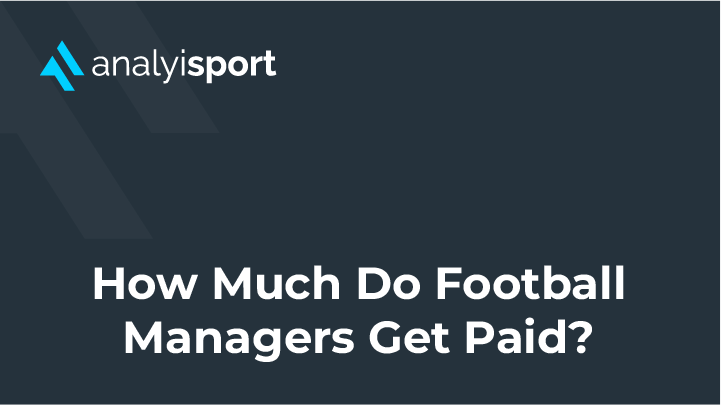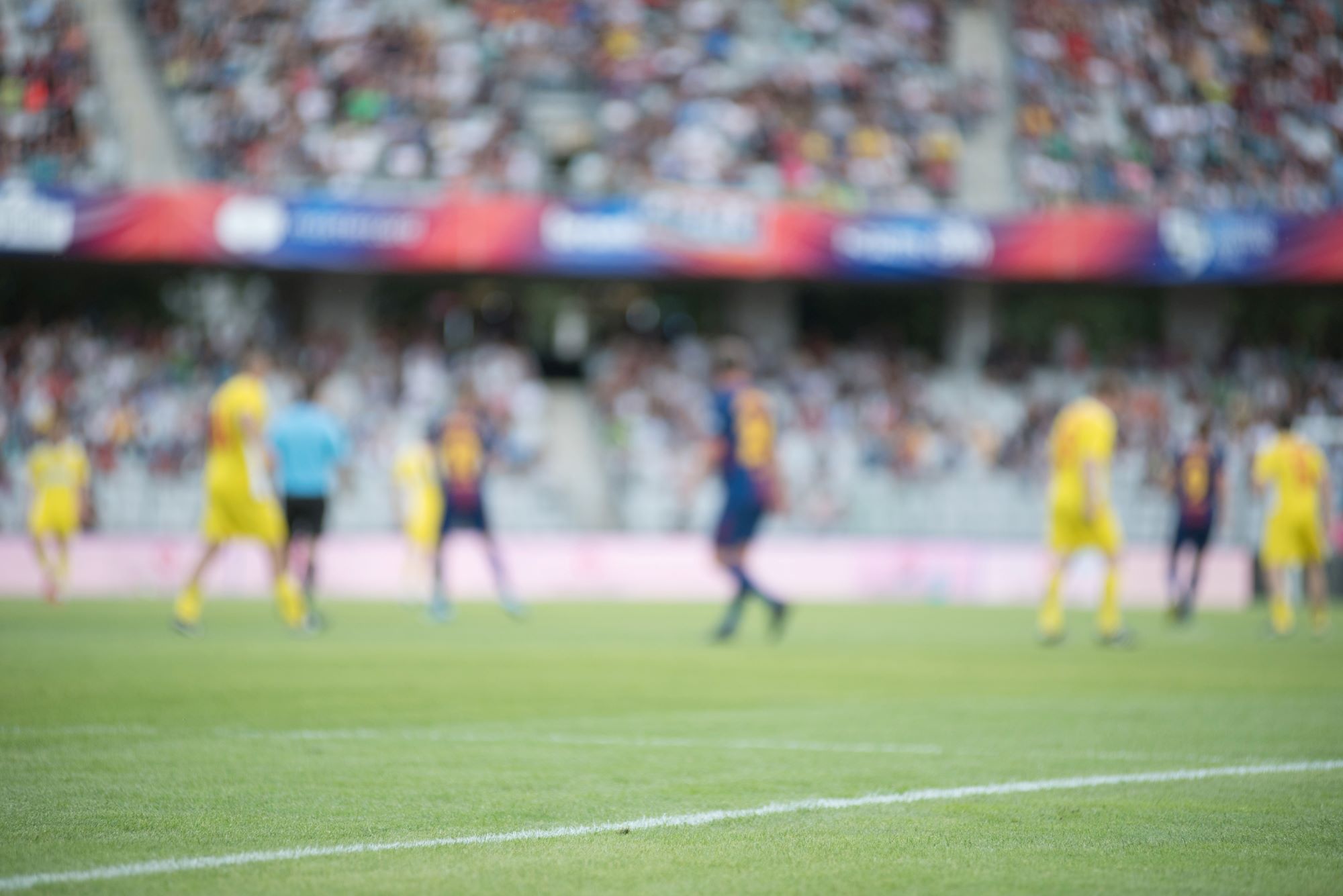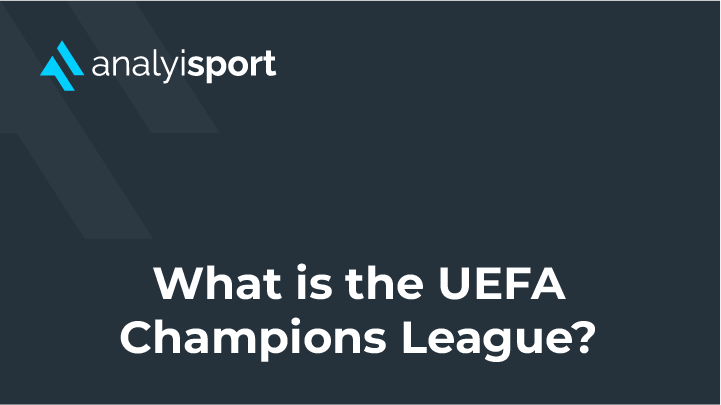What is the FIFA World Cup
What is the FIFA World Cup?
Hailed as the ‘most prestigious tournament in the world,’ by the International Federation of Associated Football (FIFA); the World Cup is a football tournament avidly watched by billions. Despite being less than a century old, this tournament has earned a staggering reputation as the most watched single sporting event on earth.
Where did the FIFA World Cup start?
When football was dropped from the Los Angeles Summer Olympics in 1932, the FIFA president, Jules Rimet, decided to set up an inaugural World Cup football tournament. Because the tournament was taking place in Uruguay, a long and expensive trip for many, and because European countries were knee-deep in the Great Depression, only four European teams made it to Uruguay. The other nine participants were represented by North and South American countries.
The tournament winners were the hosts, Uruguay, beating Argentina 4-2 in front of a 68,000 crowd. Such was the outpouring of national pride, a public holiday in Uruguay was awarded. And, just like that – the long-standing love affair with the World Cup was born.
The Significance of the World Cup
Described as the ‘game of millions,’ and ‘the universal sport,’ there is practically no part of the world where football is not played or watched. With minimal equipment needed and rules that are easy to follow, football’s draw can partly be found in its simplicity. So, it’s no surprise that the global game attracts billions of viewers during the World Cup Tournament.
Just as football is considered the most popular sport in the world, viewing figures for the World Cup outstrips all other sporting competitions. Once the World Cup was televised in 1954, its popularity as a tournament exploded as it was opened up to much wider audiences.
And, the 2022 World Cup in Qatar reached an unprecedented global audience of 1.5 billion, meaning one fifth of the world’s population watched some or all of the games.
More than 500 million alone tuned in for the opening game. These overall figures are up from 1.3 billion in the previous World Cup in Russia.
However, when you factor in social media, there were almost 600 billion engagements on social media, according to FIFA, that led to a whopping 262 billion cumulative reach across all platforms. Data that appears almost unbelievable. But, there’s no doubt in its truth. Football truly is the global game.
Structure of the World Cup
To allow time for qualification tournaments to take place, the World Cup is held every four years. And, because long-distance travel will be involved for many teams, FIFA selects a host country for each new tournament. Up until 2002 the World Cup was held in Europe, South America and North America. In 2002 the tournament was hosted by Japan and South Korea, the first time the tournament has been hosted by two countries. This is now becoming the norm with the 2026 tournament being hosted by Canada, USA and Mexico. The 2030 tournament is to be further expanded and will be played across multiple continents. Spain, Portugal and Morocco have been named as the co-hosts, with the opening three matches taking place in Uruguay, Argentina and Paraguay.
The format of the World Cup involves two parts, qualification and the final tournament. Once the qualification stage is complete, 32 teams gain entry into the tournament. At this point, the game splits into two further stages: the group stage and the knockout stage. The World Cup usually takes place over the course of 28 days. As the world watches with baited breath and national flags in hand, a total of 64 games of international football are played. Forty-eight in the group stage and 16 in the knockout rounds.
A tournament that entices billions of passionate fans will also garner huge prestige for the winning nation. If nearly quarter of the world’s population tune in or turn up to games, the winners immediately inherit global hero status.
Naturally, the winning nation is perceived to be greater in strength or sporting excellence than their competitors. In addition to this, winning the World Cup can significantly increase GDP in the winning country – for up to six months after the tournament ends. So, the ripple of a World Cup win is far reaching and long-lasting.
Long and Short-term Impact on Host Countries
It’s undeniable that hosting the World Cup can bring about generous economic advantages but it’s also true that there are serious monetary impacts on the host nation too.
When potential host countries bid for the World Cup, they agree to a number of stipulations set by FIFA. Whilst the organisation pays for the principal costs of the tournament, the host spends billions too. FIFA provided Qatar with 1.7 billion dollars (which included $440 million prize fund), but the country also spent 220 billion dollars themselves. FIFA and its partner brands receive considerable tax breaks too and any merchandise, tickets and even endorsed drinks sold throughout the tournament will not contribute to tax revenues for the hosting country.
However, there are financial incentives. Short-term benefits for the host nation start with an increase in construction activity, which can range from the building of new stadiums to the expansion of and reconstruction of new ones. Large-scale, high-quality construction projects drive the economy in the short-term, an influential driver on jobs and economic growth.
Qatar built seven new stadiums that were fitted with state-of-the-art amenities and updated one more to meet FIFA requirements. Russia built six of the twelve used for the World Cup 2018 and renovated the rest, demonstrating the financial costs of undertaking the hosting of this prestigious tournament. When countries plan wisely, they can repurpose stadiums as shopping and leisure complexes or hotels and communities hubs thus meaning the original outlay is capitalised on. Although, it has to be said, plans are not always successful.
In addition to this, host countries may need to invest in transportation infrastructure, such as trams, roads and improved bus and rail facilities. Hotels will be built to accommodate visiting fans, as will leisure facilities. Whilst much of this heavy investment is not recouped instantly, expenditure in roads and transport will provide benefits to the community long after the tournament is over.
One might assume that the tourism industry booms during a World Cup Tournament. And, yes, hotels in the vicinity of stadiums are likely to be packed out for the entire duration of the competition. Visitors use public transport, buy merchandise and eat out at local restaurants, boosting the local economies. But, it could also be a deterrent to other travellers who might have considered visiting the host nation but gone elsewhere to avoid the hustle and bustle the World Cup inevitably brings.
Is Hosting the World Cup Profitable?
It’s reasonable to suggest that the host country might not make a huge financial gain out of hosting the World Cup, but they don’t necessarily vie for the chance to hold it for monetary gain. Hosting the World Cup wields a soft power for the home nation, the chance to invite the entire world in and show them what makes your country unique, working infinitely better than an extravagant tourism campaign.
It’s worth pointing out that there are huge, long-lasting positives for the home nation, the risks are real too. Overspending and poorly executed legacy plans for infrastructure projects have not always come to fruition, leaving hosts in debt and stadiums left without purpose once the tournament is finished. In Brazil, the Mane Garrincha Stadium in Brasilia, which cost almost $1 billion to build, is being used as a bus depot.
This withstanding, understanding the pros and cons of hosting the World Cup will not serve as a deterrent for prospective hosts of the competition.
Cultural Aspects and Global Influence
It’s almost impossible to articulate just how much football means to its followers. During the tournament people stop working, school and their normal activities to watch the games regardless of the timezone.
Cities around the world set up fanzones to allow people to congregate and watch games on large screens with companies often having to manage employee absenteeism during games. Certain UK businesses saw a 250% increase in ‘bogus sick days’ during the Qatar World Cup and schools widely downed tools to screen matches when they fell during school hours. There’s not much else that could impact day-to-day life in the way the World Cup does.
For four weeks, every four years, billions of people come together to watch the World Cup. People from all walks of life are united in their desire to follow their national team and engage in the ‘beautiful game.’ No matter what nation they belong to, their hopes, dreams and national pride are projected into the team that represents them. These hopes and dreams are centralised in the pursuit of victory.
Why? Because football crosses cultural boundaries. Despite the countless differences between its supporters, the simplicity and passion for the game unites. International football that provides entire nations with a shared experience that brings people together.
In this respect we see just why football is regarded as the biggest and most followed sport in the world. The FIFA World Cup is regarded as the pinnacle of football and it brings with it rich, valiant and never forgotten stories. It aims to inspire change and broaden the scope of the game of billions around the world. The World Cup is more than just a football tournament, it is a place where crowds become communities.
Related Courses:

- Level 1
- Course
Level 1: Foundation in Recruitment Analysis in Football
£70.00
Share this article
Our Learning Pathways
AnalyiSport is for everyone who is passionate about analysis in football. Where are you in your development journey?
Become a Football Scout
As more clubs than ever look to build data into their recruitment process, an understanding of recruitment analysis is your ticket to success in the game.
Related Articles
Our team provides news and insights from the cutting edge of football analysis.






